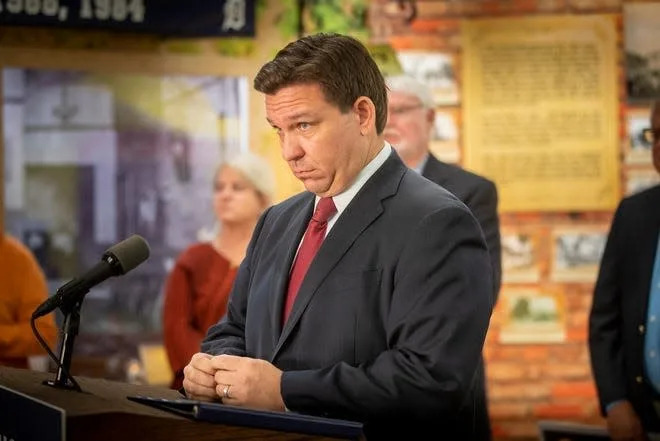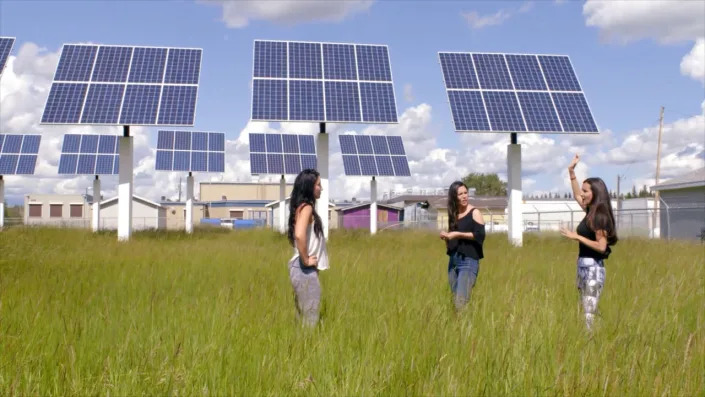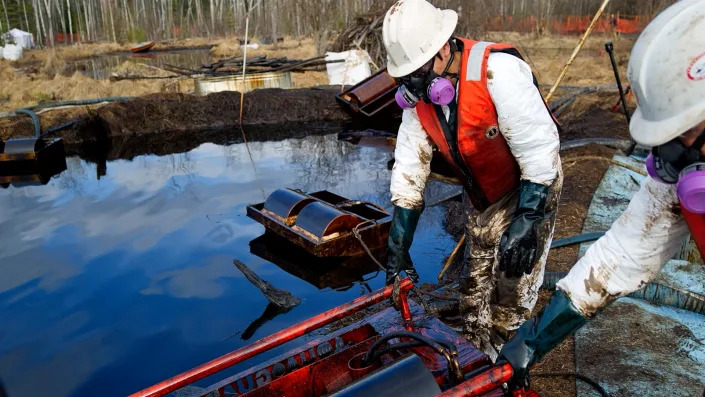Erie Times News
Twenty-four facts you might not know about the Great Lakes:
1. Lake Huron was the first of the Great Lakes and was the first to be discovered by the early French explorers.
2. Lake Erie was the last of the French-discovered lakes.
3. All the other four Great Lakes, plus three more the size of Lake Erie, would fit inside Lake Superior.
4. Lake Erie is the fourth largest of the Great Lakes in surface area and the shallowest in water depth. It is the 11th-largest lake on the planet.
More: What makes the Great Lakes great? Take your pick of facts
5. Long before Europeans set eyes on the Great Lakes, indigenous tribes had found and learned about its abundant fisheries. Old archaeological finds indicate proof of robust fishing and the building of canoes.
6. Tribes fishing at the time usually used nets made with basswood and nettle. They would hang this net between two side-by-side canoes, trail it and catch whole nets full of fish.
More: Great Lakes heat waves are already causing chaos for fish — with worst to come
7. Due to their ocean-like characteristics, such as rolling waves, sustained winds, strong currents and great depths, the Great Lakes all could be considered inland seas.
8. The Great Lakes hold 21% of the world's freshwater.
9. Lake Michigan is the largest lake in the world located entirely within one country.
10. Glaciers melting at the end of the last ice age, 10,000 years ago, were responsible for creating the Great Lakes.
11. The shores of Lake Michigan are home to the most extensive freshwater dune system in the world. The lake has 300,000 acres of dunes along its shoreline.
12. Waves of more than 40 feet in height have been recorded on Lake Superior.

This is a July 15, 2021 contributed photo of Lake Michigan at Indiana Dunes National Park.
From the GoErie.com vault: The wreck of the Edmund Fitzgerald
13. Michigan's state stone is named the Petoskey stone. It is composed of fossilized coral and is the only place in the world such stones can be found.
14. Babe Ruth hit his first major league home run in Toronto at Hanlan's Point Stadium. The ball landed in Lake Ontario and was never found.
15. A lake on Saturn's moon Titan is named after Lake Ontario. It is called Ontario Lacus.
16. Not only is Lake Erie the smallest Great Lake when it comes to volume of water, but it also has the most industry surrounding it. Twenty metropolitan areas, each with a population of more than 75,000, are along the lake's shoreline.
More: Erie's port on the Great Lakes is entry point for hundreds of thousands of tons of cargo
17. The largest salt mine in the world is the Goderich Mine. Part of it runs underneath Lake Huron, more than 540 yards underground.
18. Lake Erie has experienced more shipwrecks and sinkings than any other Great Lake. It has recorded more sinkings than the Bermuda Triangle.
More: Lake Erie isn't deep, but has depth of character among the Great Lakes
19. Singapore, Michigan, is a ghost town on the shores of Lake Michigan that was buried under sand in 1871. Because of extremely severe weather conditions and a lack of resources at the time due to the need to rebuild Chicago after that city's huge fires, the town was lost completely.
20. Lake Michigan was the location of the first recorded big Great Lakes disaster, in which a large lake's steamer with more than 600 people aboard collided with a schooner delivering timber to Chicago. The result was that 450 people died.
21. The Keystone State was one of the largest and most luxurious wooden steamships running during the Civil War. In 1861, it disappeared. In 2013, it was found in 175 feet of water just 30 miles from Harrisville, Michigan.
22. Scientists believe that Lake Erie has 2% of the water in the Great Lakes, yet is home to about half of all the fish.
23. Lake Huron has the most shoreline of any of the Great Lakes. This shoreline is 3,817 miles when you include its 30,000 islands.

The Blue Water Bridge stands over the mouth of Lake Huron, where it flows into the St. Clair River in Port Huron.
24. Some people in Cleveland claim to have seen strange things on Lake Erie. There have been quite a few reports indicating they have seen, at times, the Canadian shoreline as if it were just offshore. However, it is more than 50 miles distant. It has been surmised that this is a weather-rated phenomenon, just like the desert mirage.
Gene Ware is the author of 10 books. He serves on the board of the Presque Isle Light Station and is past chairman of the boards of the Tom Ridge Center Foundation and the Presque Isle Partnership. Email him at ware906@gmail.com.

This article originally appeared on Erie Times-News: Shipwrecks, shorelines and other facts about the Great Lakes
















